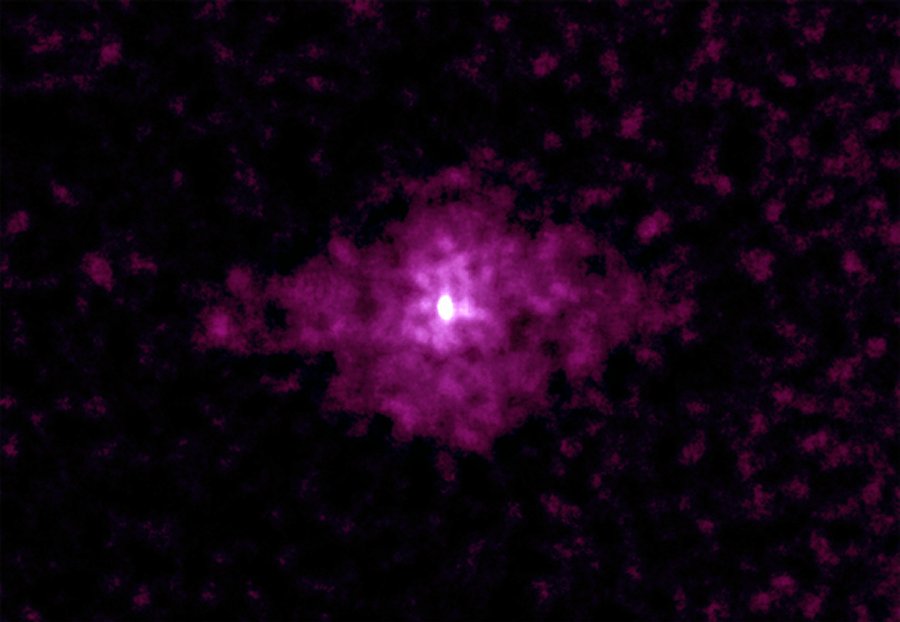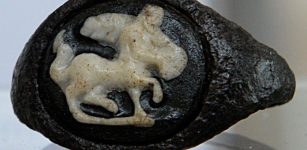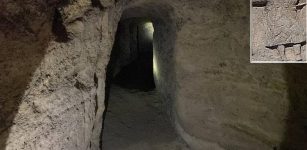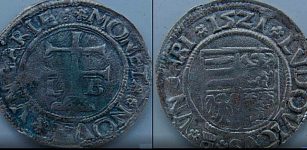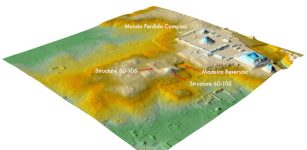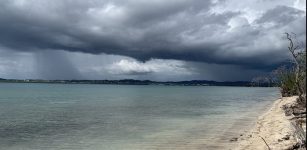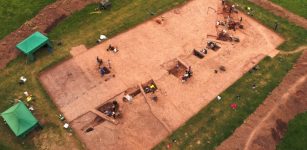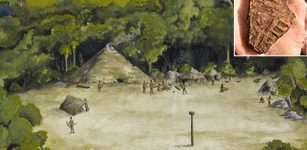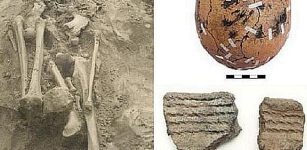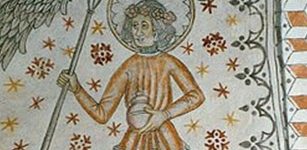On This Day In History: Supernova Observed In The Constellation Cassiopeia Was Recorded – On August 4, 1181
| August 4, 2016 | News, On This Day In History
AncentPages.com - On August 4, 1181, a supernova was observed in the constellation Cassiopeia.
Chinese and Japanese astronomers observed this supernova on August 4 and then on August 6. They have recorded the event as SN 1181 in eight different texts.
The star 3C58 was later identified as the heart of the explosion in the constellation Cassiopeia. In 2002 it was thought to be composed of quarks.
In recorded history, one of only eight supernovae in the Milky Way, observable with the naked eye, appeared in the constellation Cassiopeia. It was visible in the night sky for about 185 days.
The radio and X-ray pulsar J0205+6449 (also known as 3C 58), which rotates about 15 times per second, is possibly the remnant of this event.
AncientPages.com

